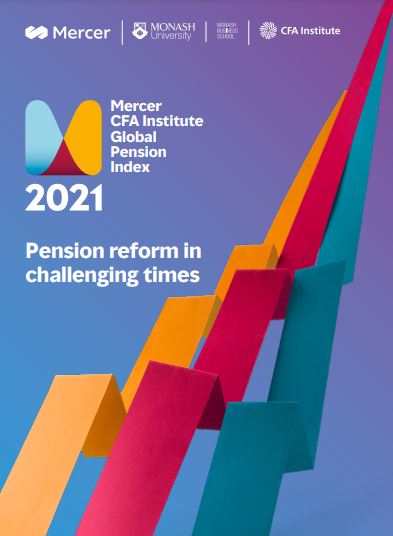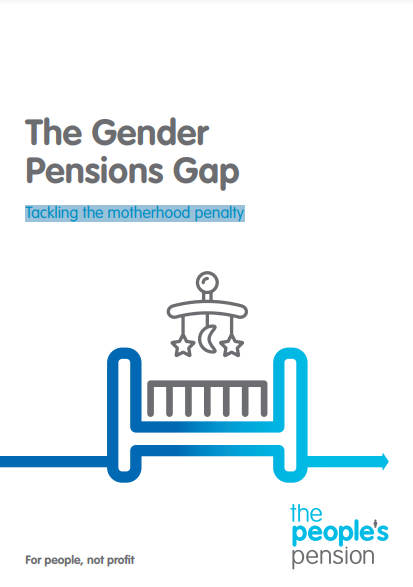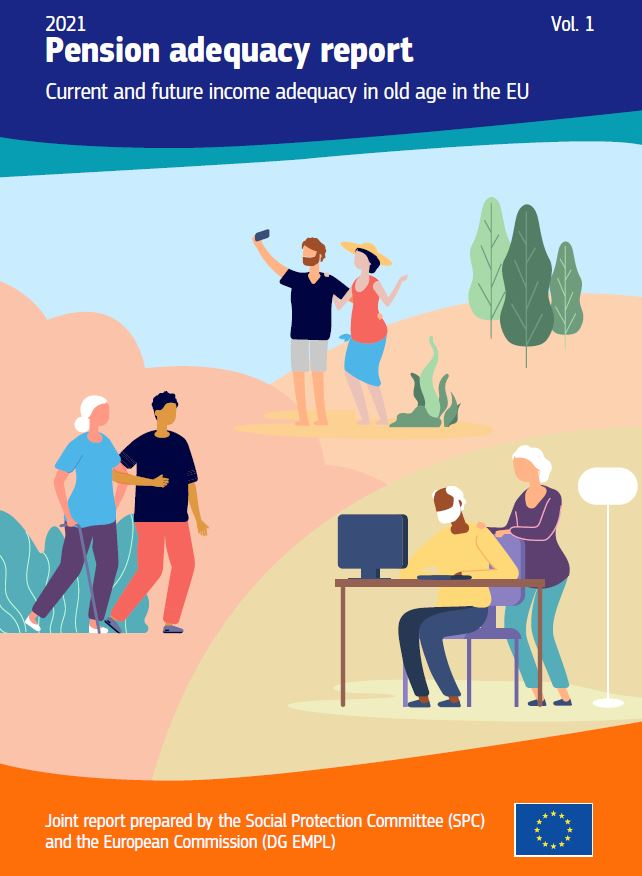Heterogeneity in Household Spending and Well-being around Retirement
By Patrick Moran, Martin O'Connell, Cormac O'Dea, Francesca Parodi & Michigan Retirement and Disability Research Submitter. We study heterogeneity in spending patterns around the time of retirement. Using rich consumption data from the Panel Study of Income Dynamics, and exploiting within-household spending variation, we systematically classify households into groups characterized by differences in consumption transitions at retirement. We decompose the overall spending changes into the contribution made by different subcomponents of consumption. We find that the households that increase their...









